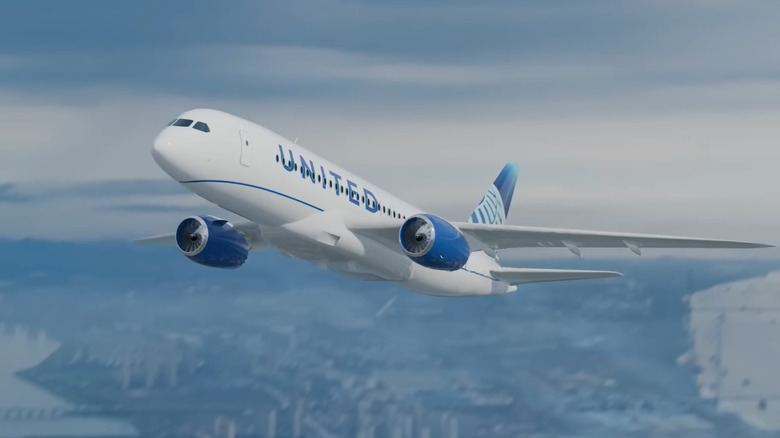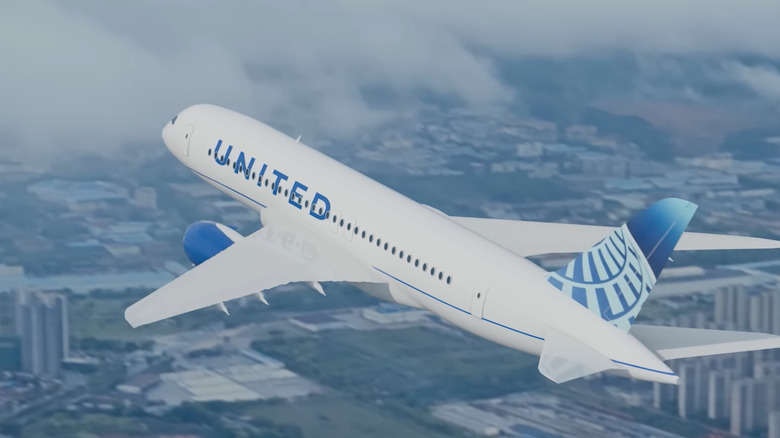Boeing 797: Everything That's Been Revealed About The 'New Midsize Aircraft'
Boeing has been exploring the idea of a New Midsize Airplane (NMA), often referred to as the Boeing 797, for nearly a decade. The aircraft was envisioned as a replacement for the aging 757 (which is still loved by pilots around the world) and 767 families, which many airlines still use on transcontinental and thinner long-haul routes. Positioned between the narrow-body 737 MAX and the long-haul 787 Dreamliner, the 797 was designed to serve the "middle of the market" segment with seating for 220 to 270 passengers and a range of about 4,500 to 5,000 nautical miles. Early concepts included a twin-aisle cabin for faster boarding and improved passenger comfort, while also maintaining operating economics closer to a single-aisle jet.
The 2017 Paris Air Show revealed that Boeing would adopt technologies from the 777 and 787 aircraft, including composite fuselage structures and advanced aerodynamics. The proposed aircraft received an excellent response from airlines because it would enable new route possibilities that exceeded 737 MAX's range but did not generate enough traffic for the 787. Boeing received positive feedback from more than 50 airlines, including Delta, United, Qantas, and Emirates. The NMA aimed to transform the mid-capacity market through cost reduction and operational flexibility across regional and intercontinental routes.
Why did the Boeing 797 project stall?
Boeing had planned to introduce the 797 to service in 2025, but the 737 MAX crisis forced them to abandon these plans. The fatal crashes of 2018 and 2019 forced Boeing to shift resources toward fixing and recertifying the MAX, delaying the NMA program. The company faced simultaneous challenges from the delayed 777X program development and expanding production demands that made starting a new clean-sheet aircraft program unfeasible.
Another challenge was engine technology. The 797 was expected to need engines producing around 45,000–50,000 pounds of thrust, a power class between narrow-body and wide-body powerplants. Rolls-Royce, Pratt & Whitney, and CFM International all showed early interest, but no viable option was available on Boeing's original timeline. Rolls-Royce even withdrew in 2019, citing that its UltraFan program wasn't ready. Without an efficient new engine, the economics of the NMA fell apart.
Airbus also pressured Boeing by launching the A321XLR in 2019. The long-range narrow-body offered nearly 4,700 nautical miles of range and entered service far sooner than the 797 could have. United, American, and JetBlue airlines placed big orders for the aircraft, which filled much of the market Boeing had hoped to capture. By 2020 new Boeing CEO David Calhoun confirmed the company would re-evaluate the project with a "clean sheet" approach, acknowledging that competitive and financial realities had changed.
What's next for Boeing's New Midsize Airplane?
As of 2025, the Boeing 797 remains a concept rather than a launched program, though Boeing continues to signal interest. In 2022, Calhoun said the company was waiting for next-generation turbofan technology and improved digital design tools before committing. Boeing has since leaned on lessons from its T-7 trainer jet program, which focused on digital development and maintenance-friendly design. Features like quick-access avionics racks and predictive maintenance systems could influence any eventual 797 design.
In late 2024, Boeing announced a new labor agreement with the International Association of Machinists and Aerospace Workers, which included a commitment to build its "next new airplane" in Washington state. While not confirmed as the 797, the timing renewed speculation that the NMA might still move forward.
Industry predictions suggest that Boeing will not launch the 797 before the early 2030s. The future aircraft would be a scaled-down version of the 787 with extensive composite materials, twin-aisle configuration, and adjustable seating arrangements. Boeing must minimize unnecessary risks because of its prolonged history of setbacks. The 797 will focus on reliability and efficiency rather than revolutionary changes if it enters production. Until then, the aircraft remains one of aviation's most anticipated "what ifs" because its future development depends on propulsion advancements and Boeing's ability to stabilize its product line.


